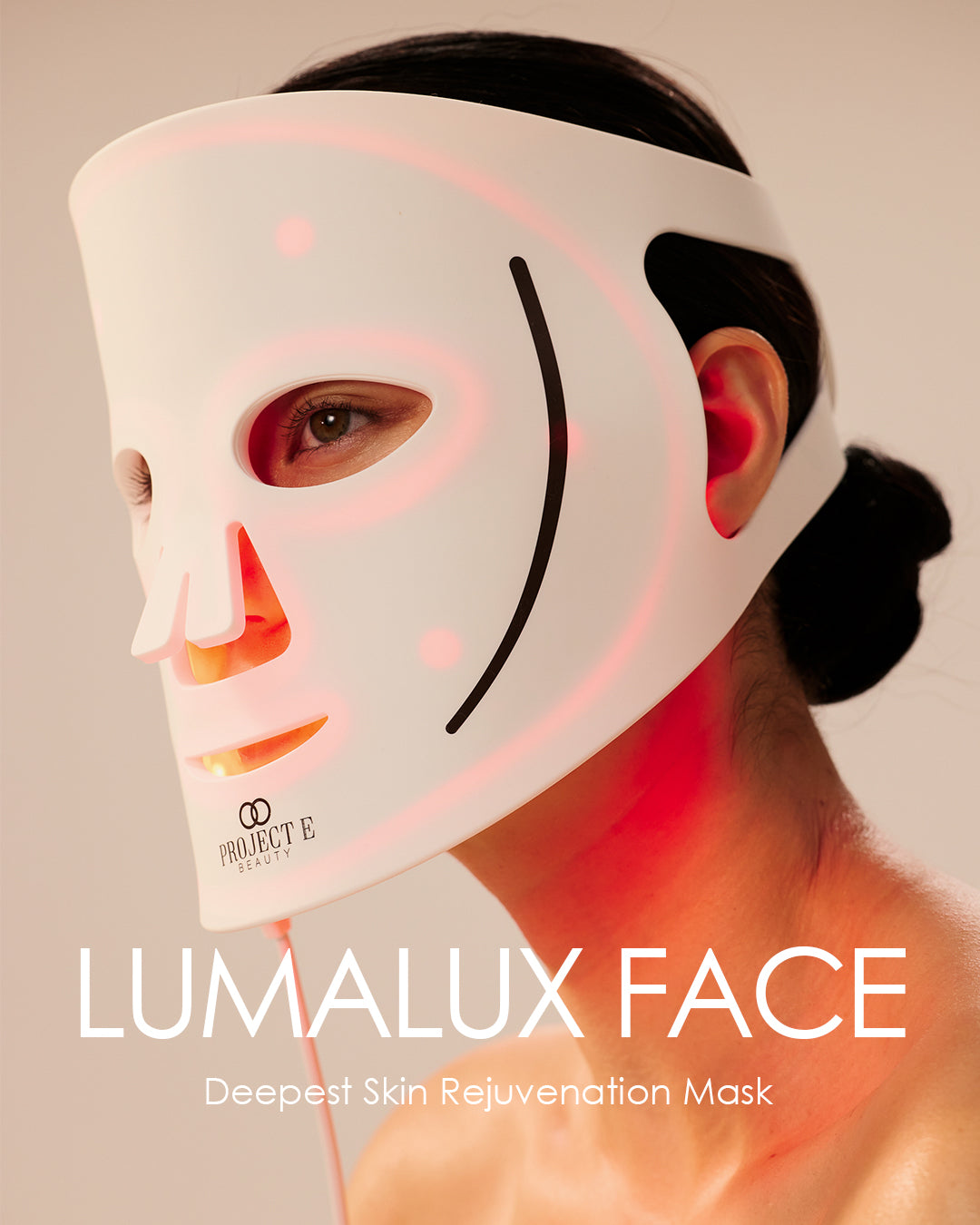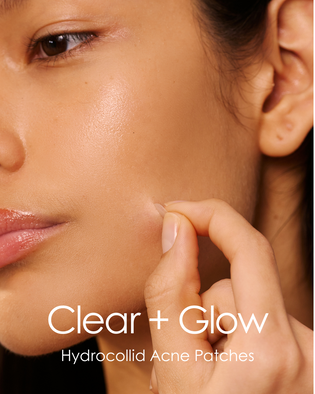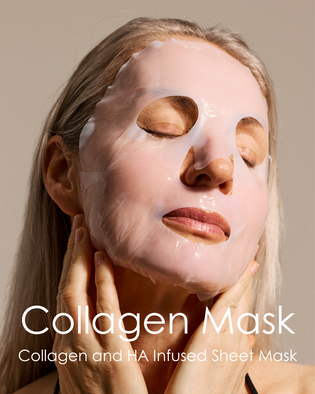
Is NIR Near-Infrared and LED the Best Treatment for Your Skin ?
IN THIS ARTICLE:
- 01 What Is NIR Near Infrared Light ?
- 02 What’s the Difference Between NIR and Red LED Light Therapy?
- 03 Which Is Better, NIR or Red LED Light Therapy?
- 04 What Are The Benefits of NIR and Red Light Therapy?
- 05 Is It Safe to Use Near-Infrared Light With Red Light?
Think you've explored every facet of light therapy? From vibrant reds to calming blues, visible light has been at the forefront. But there's a whole world of light that remains hidden, waiting to be unveiled. Introducing near-infrared therapy, or NIR.
Read on as we separate fact from fiction in the realm of light therapy.
1. What is NIR Near Infrared Light?
Near-infrared light is part of the light spectrum that is invisible to the human eye because it has a longer wavelength than visible light.
This light is known for its ability to penetrate deeper into the skin compared to visible light, reaching the subdermal layers. Near-Infrared (NIR) therapy works within the skin's layers through a process known as photobiomodulation. Here's how it technically affects the different skin layers:
- Epidermis: The NIR light penetrates the epidermis, which is the outermost layer of the skin. Although it doesn't have a significant impact on the epidermis itself, it prepares the skin for deeper penetration by promoting better circulation and enhancing the absorption of topical skincare products.
- Dermis: NIR light reaches the dermis, which is the middle layer of the skin. In the dermis, it stimulates fibroblast cells, which are responsible for producing collagen, elastin, and other essential proteins. This stimulation promotes collagen production, leading to improved skin elasticity and reduced fine lines and wrinkles over time.
- Subcutaneous Tissue: Some NIR light can reach the subcutaneous tissue, which is the deepest layer of the skin. Here, it may have benefits for fat cells and blood vessels. NIR therapy is sometimes used for body contouring and cellulite reduction because it can stimulate fat cell metabolism and improve blood circulation in this layer.
NIR therapy uses invisible near-infrared light to target different skin layers, primarily the dermis, where it promotes collagen production and skin rejuvenation. It enhances skin health by stimulating cellular activity and increasing circulation, leading to improvements in skin tone, texture, and overall appearance. This non-invasive treatment is popular for its ability to address various skin concerns without causing damage to the skin's surface.
2. What’s the Difference Between NIR and Red LED Light Therapy?
Near-Infrared (NIR) light therapy and Red LED light therapy are both forms of phototherapy, but they have some key differences:
- Wavelength: The primary difference between the two lies in their wavelengths. Red LED light therapy typically uses wavelengths in the range of 620 to 700 nanometers, while NIR therapy uses longer wavelengths in the range of 700 to 1,200 nanometers. NIR light is, therefore, closer to the invisible spectrum of light.
- Depth of Penetration: Red LED light is primarily absorbed by the epidermis (the top layer of the skin) and has a shallower penetration depth. It works on the surface of the skin to stimulate collagen production, reduce inflammation, and improve skin tone.
- NIR Penetration: Near-Infrared light penetrates deeper into the skin, reaching the dermis and even the subcutaneous tissue, depending on the device's power and design. It can stimulate fibroblast activity in the dermis, leading to increased collagen production and skin rejuvenation from within.
- Skin Benefits: Red LED light therapy is widely recognized for its effectiveness in addressing common signs of aging such as fine lines, wrinkles, and improving overall skin tone. On the other hand, Near-Infrared (NIR) therapy, while also beneficial for anti-aging, is distinguished by its ability to penetrate deeper into the skin, potentially targeting skin concerns at a more profound level.
- Safety: Both red LED and NIR therapies are considered safe and non-invasive. They do not produce harmful UV radiation and are generally well-tolerated by the skin.
3. Which Is Better, NIR or Red LED Light Therapy?
While both therapies offer skin benefits through photobiomodulation, NIR therapy has the advantage of deeper penetration, potentially making it more effective for certain body treatments. However, the choice between red LED and NIR therapy depends on the specific skin concerns and treatment goals.
4. What Are The Benefits of NIR and Red Light Therapy?
|
NIR Light Therapy Benefits |
Red Light Therapy Benefits |
|
|
5. Is It Safe to Use Near-Infrared Light With Red Light?
Near-Infrared (NIR) and Red LED light is considered safe for the skin because it operates within a non-ionizing radiation range, meaning it doesn't have the harmful properties associated with ionizing radiation like X-rays and gamma rays. It primarily functions to reach the skin's deeper layers, promoting collagen production, improving circulation, and reducing inflammation.
Additionally, both lights don’t produce harmful ultraviolet (UV) radiation, which is known to be a risk factor for skin damage and cancer.
To ensure safety during your light therapy treatments, it's essential to use FDA-cleared devices and make sure to protect your eyes from direct exposure to NIR light as prolonged eye exposure can potentially harm the retinas.
Experience NIR Infrared light with Lumamask Pro. This innovative device offers the perfect combination of infrared and red light therapy, as well as a red and blue light setting, all in one convenient package.

written by Charlotte Rycroft












Leave a comment
This site is protected by hCaptcha and the hCaptcha Privacy Policy and Terms of Service apply.